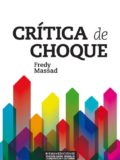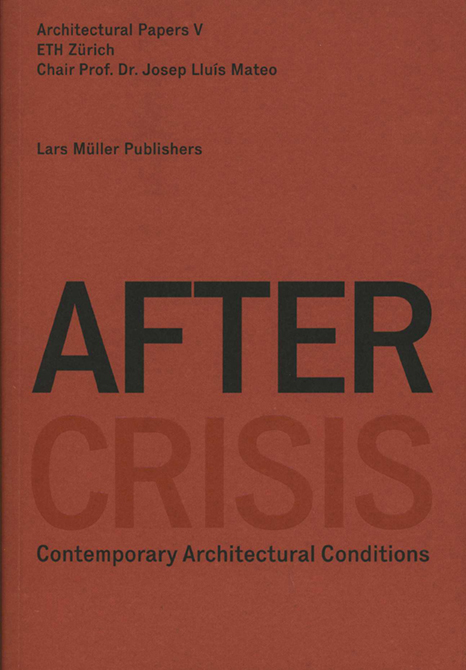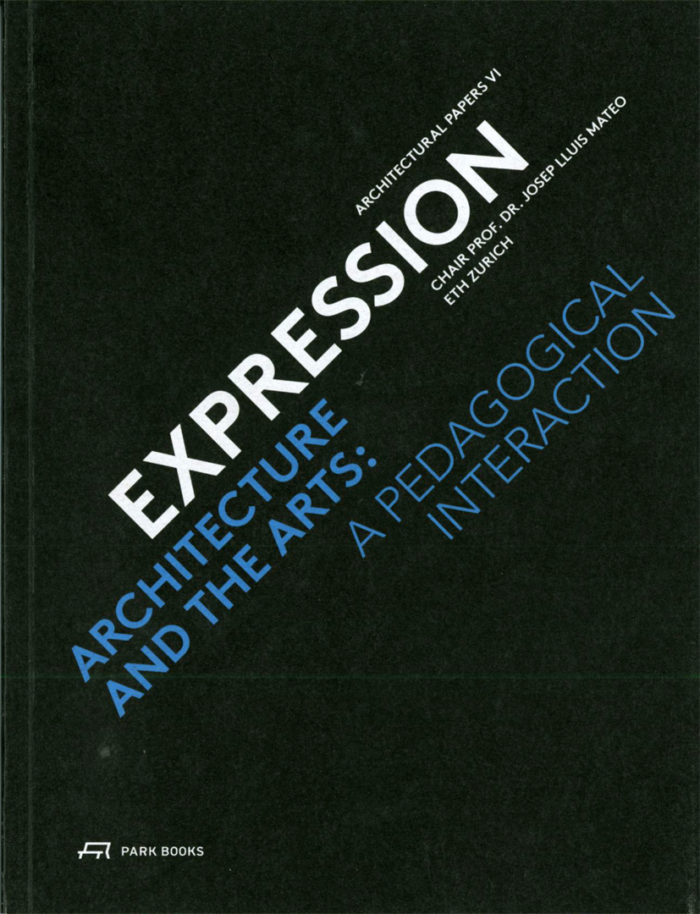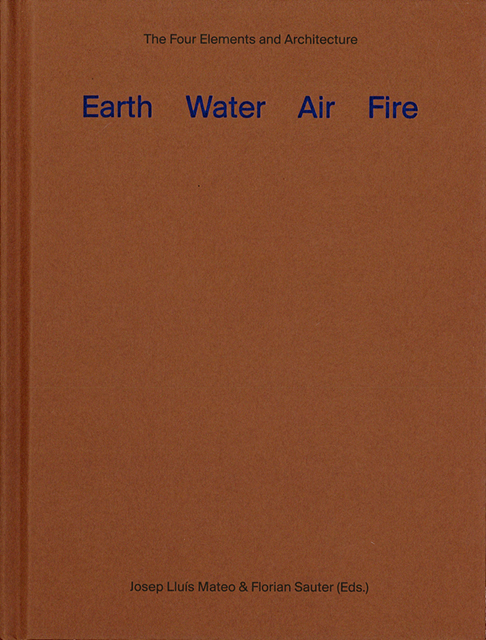This website uses cookies so that we can provide you with the best user experience possible. Cookie information is stored in your browser and performs functions such as recognising you when you return to our website and helping our team to understand which sections of the website you find most interesting and useful.
Fredy Massad. Bisman Ediciones – Universidad de Palermo. Buenos Aires, 2017
(Notes for the presentation of the book at the Jordi Capell Cooperative in Barcelona, November 2018)
AN AGE
The text proposes a chronicle of an age close at hand, in the realms of architecture.
Directly and indirectly, the book describes the contemporary cultural landscape, a time when communication and criticism come face to face with new issues such as fake news, post truth and massive internet presence, prompting the explosion of criticism to the point of dissolution, the disappearance of the idea and the sole meeting with interest.
The text proposes “another” interpretation of both contemporary reality and present-day mechanisms of communication and analysis.
In places, the book reads like a narration, like a novel, in which the protagonists appear with their own words, dialoguing among themselves. A narration, extraordinarily lively in places, that describes the contemporary cultural landscape. It is a book built of a huge quantity of materials, which, probably without meaning to, manages to produce an indirect chronicle of a moment in history.
MORALITY / TRUTH
Massad quotes Byung Chul Han: “Transparency and information substitute truth.”
Conversely, Massad insists on “truth” as an essential qualitative value, truth seen as the relation between principles and actions.
Hereafter, he reveals to us how, systematically, the major references—social issues, the people, the desire to serve, commitment—are nothing more than cynical instruments at the service of pure, personal interest.
The author operates on the basis of the moral pursuit of “truth”.
I would say that while cynicism does not usually help the work qualitatively, in my opinion, moralism may not always be an effective attitude for understanding the world and operating in it, since the suspension of moral judgment does not always involve cynicism, hypocrisy or egoism, and may indeed be an instrument of opening up to knowledge.
DISTANCE FROM THE WORK
If, then, the subject is the search for truth, in this narration there is a big absence, something neither found nor sought. This big absence is the specific work, the end product of the discourse that is to be understood and valued by the critic—in my opinion–directly, specifically, not as a mere reflection of circumstances or ideas.
There is a great tradition in which criticism is very distant from the phenomenon analysed, though I, personally, stand closer to the cultural and artistic criticism that bases its discourse on the presence of the work.
I think with admiration of the Romantic criticism of the nineteenth century. Baudelaire as a committed cultural critic (Delacroix) as opposed to the Marxist critique of the sixties, centring on social and economic issues, the class struggle, etc., indifferent to the reality of architecture, purely ideological.
NEGATIVITY
In the author’s words, “I continue to propose negativity as a tool that is more necessary than ever today for critical thinking.” (F.M.).
Though he adds:
“But reminding myself at the same time that it is important to be aware of it, because it can end up being used as another form of snobbism”.
I would add other problems of this attitude:
Also the nihilism to which this attitude can lead, in contrast with the moralism on which it is based.
Remember that negativity is not the only instrument with which critique operates.
There is the positive (reasoned) description that life is elsewhere, shedding light on fields that did not hitherto exist, thereafter expanding our sensibility and perceptive capacity. Historically a characteristic activity of the role of critique.
Negativity, taken to the extreme of reason, can also be inoperative.
Affirming, pointing out truth, beauty, salvaging it from the dunghill, if appropriate, is also a fundamental and necessary activity of the critical voice.
FINAL
Finally, I recommend you read it.
My words aim to encourage you to engage directly and critically with the text.
And also to remember that this book marks the appearance of a new publisher, Qut, which we welcome and wish a prosperous, successful life.
Architecture publishing, its great historical references now gone, seems to be recreating itself with the appearance of numerous personal initiatives, once again reminding us of reading’s primal, personal experience of the encounter with meaningful words.
Josep Lluís Mateo, November 2018




